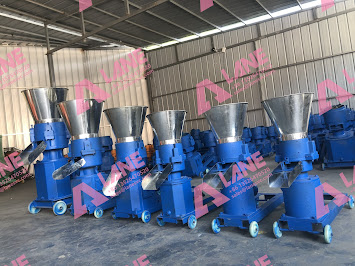Home Compost Making Machine Setup: My Journey from Food Waste to Garden Gold
Like many people, I used to scrape vegetable peels and coffee grounds into the trash without a second thought. That changed when I stumbled upon the idea of a home compost maker—and let me tell you, the home compost making machine setup wasn’t just a project. It turned into a daily ritual that connects my kitchen to my tiny balcony garden. If you’re curious about turning waste into something useful, let me walk you through what it’s really like.
The Home Compost Making Machine Setup: Easier Than I Expected
I’ll admit, I was nervous before starting the home compost making machine setup. I imagined complicated wiring or confusing assembly steps, but it was surprisingly straightforward. My machine came with a base, a composting drum, and a small vent system. The key steps? Finding a spot (I chose under my kitchen sink—out of sight but easy to reach), connecting the vent to avoid odors, and adding the initial “bedding” of dry leaves and coconut coir.
Pro tip from my mistakes: Don’t skip the bedding. I tried starting with just food scraps first, and the machine got too wet. The home compost making machine setup guide mentioned balancing carbon (dry stuff) and nitrogen (wet waste), and once I fixed that, everything ran smoothly. In under an hour, my setup was done—and ready to eat its first meal of potato peels.
Three months in, and I’m hooked. Every evening, I toss in tea bags, eggshells, and leftover veggies, then give the drum a quick turn. The machine’s built - in heater speeds up decomposition, so I get usable compost in 4–6 weeks instead of the 3–6 months of traditional composting.
The best part? No more guilt about food waste. I used to feel bad throwing away half a cucumber that went soft, but now it becomes fuel for my tomato plants. My balcony herbs—basil, mint, parsley—are thriving on the compost. They smell stronger, and the leaves are thicker than when I used store - bought fertilizer.
Even with a simple home compost making machine setup, small issues pop up. Once, my compost started smelling like rotten eggs. A quick check showed I’d added too much citrus (apparently, acidic foods can throw things off). I added more dry leaves and turned the drum twice a day, and the smell was gone in 48 hours.
Another lesson: Size matters. I started with a 5 - liter machine, but with two people in the house, we fill it up fast. If you cook often, go for an 8–10 - liter model during your home compost making machine setup. It saves you from emptying it too frequently.
Why This Setup Is Worth It
The home compost making machine setup isn’t just for “green experts”. It’s for anyone who wants to live a little more sustainably without big lifestyle changes. It takes 5 minutes a day, fits in small spaces, and turns a chore (taking out the trash) into a rewarding habit.
Plus, it’s a conversation starter. Friends who visit ask about the machine, and suddenly we’re talking about reducing waste—not in a preachy way, but because they see how easy it is. That’s the real magic of the home compost making machine setup: it doesn’t just make compost. It changes how you think about “trash”.
If you’re tired of wasting food and want to grow something even if you don’t have a yard, try it. The home compost making machine setup might just surprise you—like it did me—by making sustainability feel simple, satisfying, and even a little bit fun.






评论
发表评论